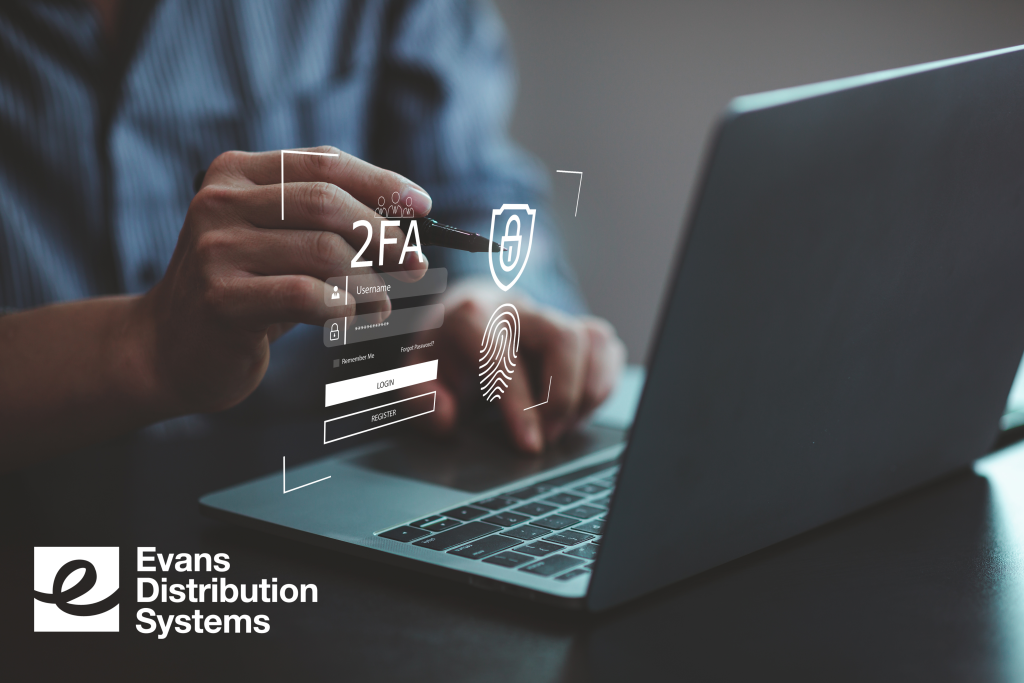
When digital transactions are the backbone of business operations, protecting both your and your customers’ online information becomes crucial. As ecommerce rapidly grows, so do cyberattacks and ransomware threats. In the last year, desktop and mobile attack rates have grown by 30% leaving consumers concerned and untrusting of ecommerce sites. Let’s explore why cybersecurity is key and how you can protect your ecommerce business.
The Importance of Cybersecurity
One of the most significant reasons to prioritize cybersecurity in ecommerce is the protection of customer financial data. Personal information, including names, addresses, and credit card details, is a goldmine for cybercriminals. Without protections, cyberattacks lower trust in companies and reduce customer loyalty. Sixty-six percent of U.S. consumers would not trust a company that falls victim to a data breach with their data and 44% of consumers attribute cyber incidents to a company’s lack of security measures.
Cyberattacks can also have devastating financial consequences for ecommerce businesses. Ransomware attacks can halt operations and demand hefty payments to restore systems. Recovering from a data breach or another cyberattack can be extremely time-consuming and costly. The average cost of a data breach reached a massive $4.35 million in 2022. On average, it took 207 days to identify a breach and an additional 70 days to contain it.
How to Protect your Ecommerce Business
- Encourage your customers and employees to use strong, unique passwords. Implement multi-factor authentication (MFA) to add an extra layer of security. Regularly update and change passwords to mitigate the risk of unauthorized access.
- Keep all your software, including your ecommerce platform, plugins, and extensions, up to date. Cybercriminals often exploit vulnerabilities in outdated software. Regular updates and patches help protect your system from unknown threats.
- Perform regular security audits to identify and address vulnerabilities in your system. Penetration testing, for example, can help simulate cyberattacks and uncover weaknesses that can be fixed.
- Consider working with cybersecurity experts to strengthen your defenses. They can provide insights, perform thorough security assessments, and recommend best practices tailored to your specific needs.
Conclusion
Cybersecurity risks are becoming increasingly prevalent and even more severe for companies. For companies to address these concerns effectively, there needs to be a cybersecurity champion on the board to help set the tone for the organization and develop a long-term cybersecurity strategy, which should be a priority for every business owner.
